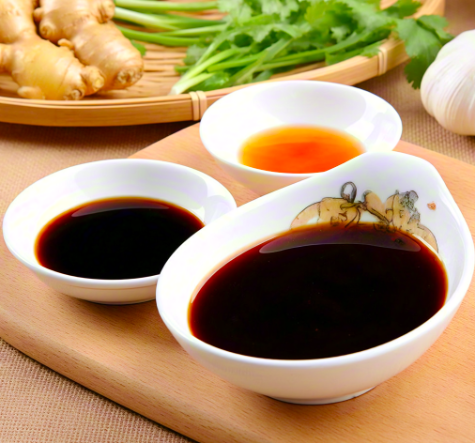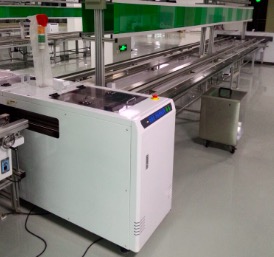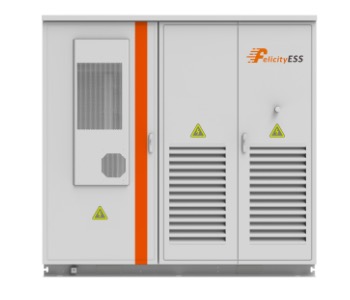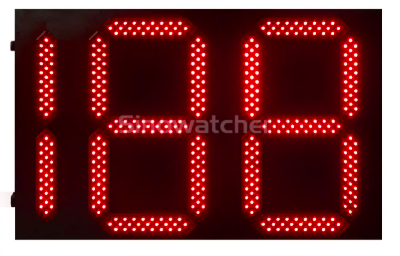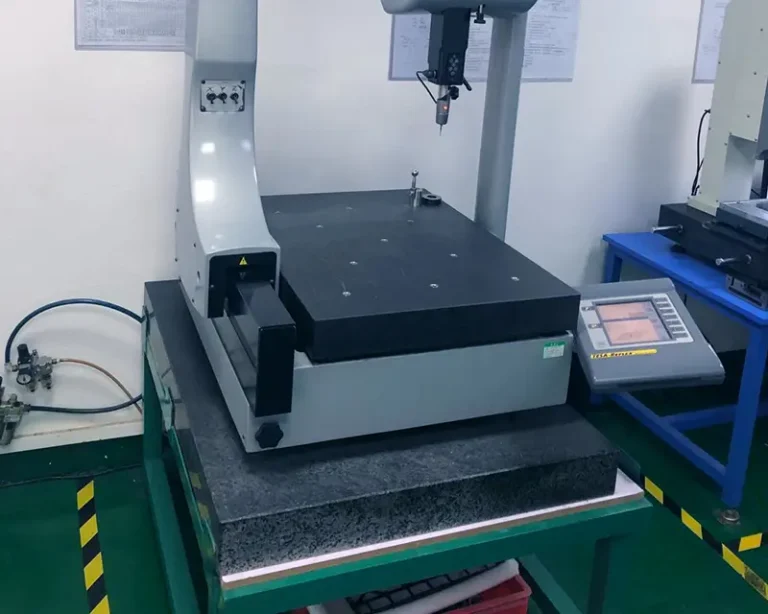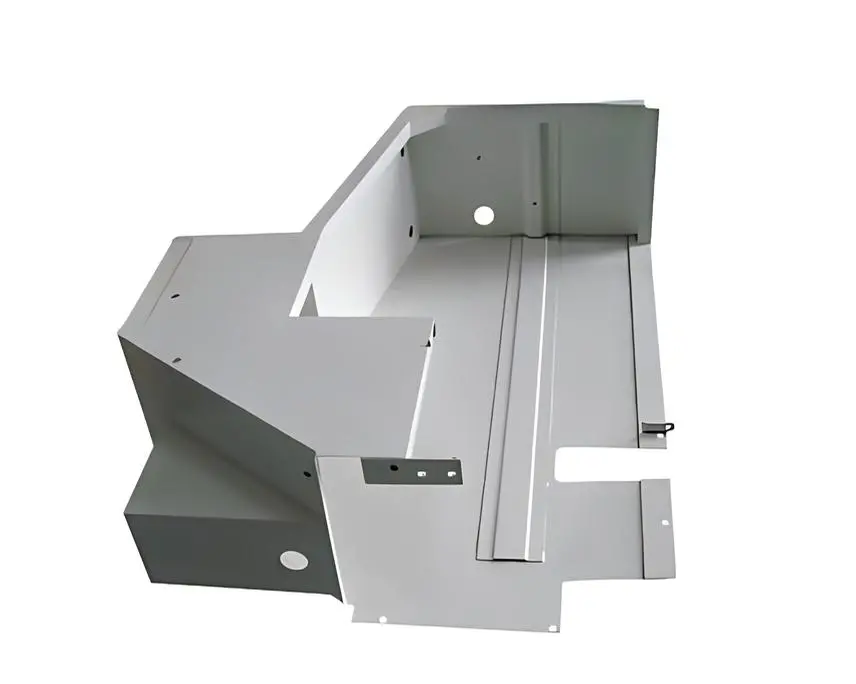目录
Metal surface finishing is a critical step in manufacturing, transforming raw metal into products that are durable, visually appealing, and tailored to specific industrial needs. Whether it’s enhancing corrosion resistance for automotive parts or achieving a sleek aesthetic for consumer electronics, the right surface finish can make or break a product. This guide explores popular metal surface finishing methods, compares their pros and cons, and highlights their applications to help you make informed decisions.
What is Metal Surface Finishing?
Metal surface finishing refers to processes that alter a metal’s surface to improve its properties, such as:
- Functionality: Wear resistance, corrosion protection, or electrical conductivity.
- Aesthetics: Smooth textures, decorative colors, or reflective finishes.
- Preparation: Creating surfaces suitable for painting, bonding, or further machining.
Key factors to consider include material type (steel, aluminum, titanium), application requirements, cost, and environmental impact.
Common Metal Surface Finishing Methods
Mechanical Finishing
Machining (Turning, Milling):
- Removes material to achieve precise dimensions and surface roughness.
- Ideal for preparing surfaces for coatings or further finishing.
Sandblasting/Shot Peening:
- Sandblasting: Cleans surfaces and creates uniform roughness (e.g., before painting).
- Shot Peening: Bombards surfaces with metal beads to improve fatigue resistance.
Polishing:
- Mirror Polishing: Creates ultra-smooth, reflective surfaces (e.g., jewelry, surgical tools).
- Brushed Finish: Produces linear textures using abrasive belts (common in smartphone cases).
Electrochemical Finishing
Electroplating:
Deposits a thin metal layer (e.g., chrome, nickel, zinc) via electrolysis.
Applications: Decorative trims (chrome plating), corrosion protection (galvanizing).
Anodizing (Aluminum):
- Electrochemically oxidizes aluminum to create a porous, dyeable oxide layer.
- Popular in aerospace and electronics for colorful, scratch-resistant surfaces.
Black Oxidation:
Converts steel surfaces into magnetite (Fe₃O₄) for a black, anti-reflective finish.
Used in firearms, automotive parts, and tools.
Chemical Finishing
- Passivation: Treats stainless steel with nitric acid to remove free iron and enhance corrosion resistance.
- Phosphating: Forms a phosphate coating on steel to improve paint adhesion and mild rust prevention.
Coating Technologies
Spray Painting:
Applies liquid paint via spray guns. Solvent-based paints offer gloss, while water-based options are eco-friendly.
Powder Coating (Dry Spraying):
- Electrostatic application of polymer powder, cured under heat.
- Advantages: No VOCs, thick coatings for outdoor equipment.
Heat & Advanced Treatments
- Heat Treatment (Quenching, Tempering): Alters metal microstructure to enhance hardness (e.g., gear components).
- Laser Surface Treatment: Uses high-energy lasers to melt and re-solidify surfaces, improving wear resistance.
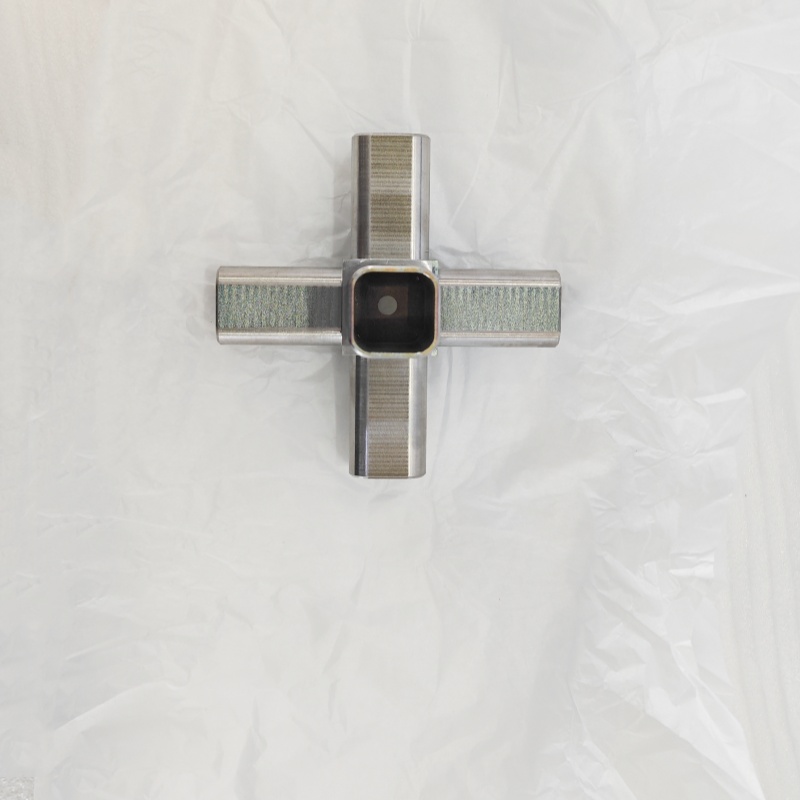
Method Comparison: Which Finish is Best?
| Method | Best For | Thickness | Durability | Cost |
| Anodizing | Aluminum decor/durability | 10–25 μm | High | Moderate |
| Electroplating | Corrosion resistance | 1–50 μm | Moderate | Low–Moderate |
| Powder Coating | Thick protective layers | 50–200 μm | High | Moderate |
| Black Oxidation | Low-reflectivity steel | 1–3 μm | Moderate | Low |
| Mirror Polishing | Aesthetic appeal | N/A | Low | High |
Performance Highlights:
- Corrosion Resistance: Anodizing > Electroplating > Passivation.
- Wear Resistance: Laser treatment > Hard chrome plating > Shot peening.
- Cost-Effectiveness: Phosphating > Powder coating > PVD.
Industry Applications
- Automotive: Electroplated zinc for rust-proof bolts; shot-peened crankshafts.
- Electronics: Brushed & anodized aluminum for laptops; black-oxidized camera parts.
- Aerospace: Passivated stainless steel components; laser-clad turbine blades.
How to Choose the Right Finish?
Prioritize Function:
- High corrosion resistance? Opt for anodizing or electroplating.
- Extreme wear? Consider laser hardening or PVD coatings.
Budget Constraints:
- Low-cost options: Phosphating, black oxidation.
- Premium finishes include mirror polishing and CVD coatings.
Sustainability:
Choose powder coating (VOC-free) or trivalent chrome plating (less toxic than hexavalent).
Future Trends in Metal Finishing
- Eco-Friendly Processes: Chromium-free passivation, biodegradable solvents.
- Smart Coatings: Self-healing or temperature-responsive surfaces.
- Automation: AI-driven quality control in electroplating lines.
Conclusion
Selecting the right metal surface finish hinges on balancing performance, aesthetics, and cost. From the ruggedness of black-oxidized tools to the elegance of anodized aluminum, each method offers unique benefits. As industries push for greener and smarter solutions, innovations like dry spraying and laser treatments are redefining what’s possible in metal surface finishing.
0
